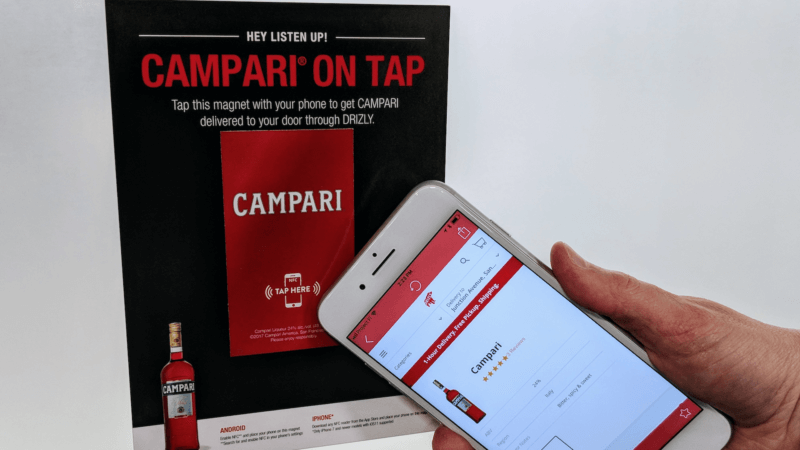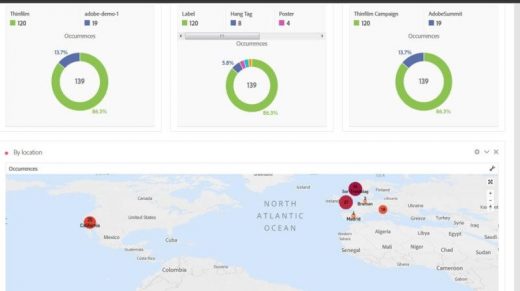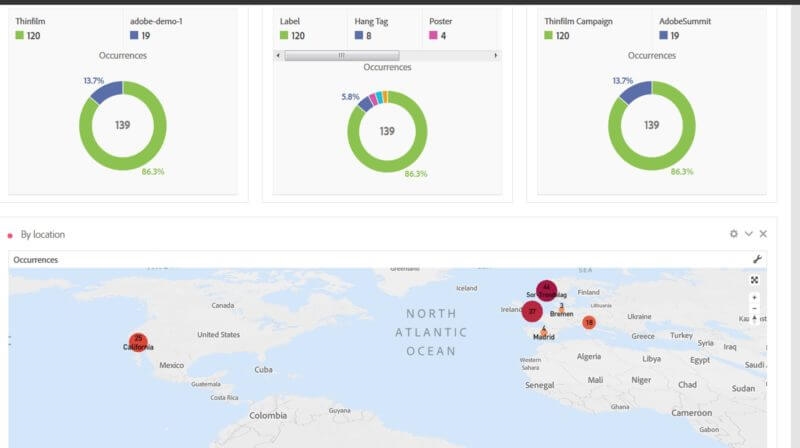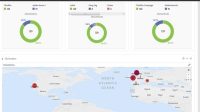Thinfilm provides first NFC-for-engagement data to Adobe Analytics
The NFC tags, placed on products, can help deliver product info to smartphone-bearing shoppers.

Adobe has added another data source to its marketing platform, with the recent announcement by Thinfilm Electronics about integrating data from its near-field communication (NFC) tags.
The Oslo, Norway-based Thinfilm makes printed electronics products, including small and inexpensive NFC tags that can be used on products to provide more information in physical stores.
Thinfilm says this is the first time Adobe’s platform has integrated with NFC data for customer engagement, and it’s the first time Thinfilm has integrated data from these kinds of tags with a marketing platform.
In a typical use case, SVP of Software Christian Delay told me, an NFC tag on a wine bottle might show text such as: “Tap me with your NFC smartphone for more info.”
A shopper with an Android phone — NFC is supported at the OS level on Androids — could just tap the tag and see additional web content about that wine, including accompanying food suggestions, videos, how-to instructions or instant product reordering. An iPhone owner with an NFC-compatible app downloaded and open could do the same thing, except the content would open in the app.
Delay pointed out that, via the tap, the smartphone provides a small charge to the NFC tag so that it can transmit an ID code. That ID code is used by the phone to reach out to Thinfilm’s platform via the web, returning info for that brand. The shopper, of course, will need Net connectivity in the store, either cellular or WiFi. The data conveyed to the Adobe Analytics platform comes from the requests and info deliveries made by the Thinfilm platform.
Since the NFC tag only communicates a code, it is essentially acting as a beacon. But, Delay noted, a beacon broadcasts a position to all shoppers in a section of a store, which is then used to transmit location-specific product or sale info. On the other hand, he said, an NFC tag is particular to one request for info from a shopper, about one particular product.
A QR code can also provide that pull-based product info, but he said NFC tags are more secure and product-specific, while QR codes can easily be replicated.
Marketing Land – Internet Marketing News, Strategies & Tips
(32)







